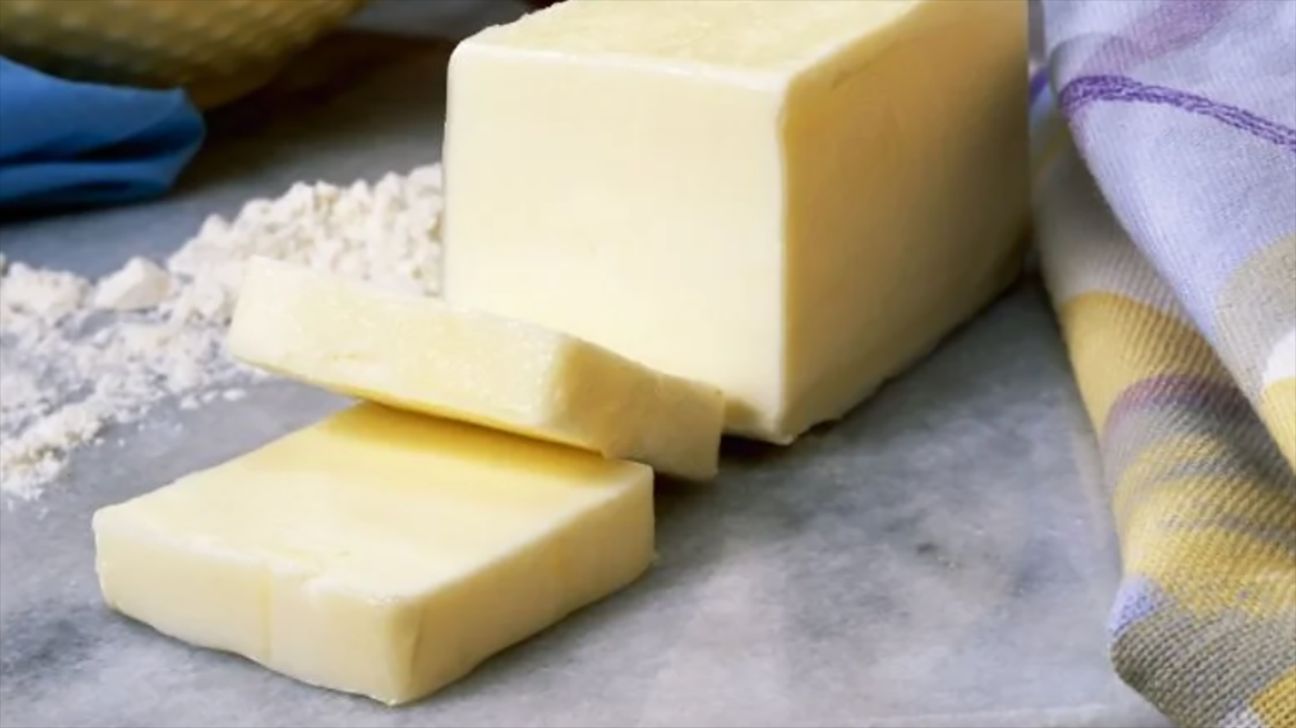Does butter need refrigeration? Discover the science of storing butter, how long it can stay out, and expert tips for keeping it fresh and full of flavor.
Butter is one of the most common foods, but even if you use it every day, you might still have some questions about this creamy dairy fat.
One widespread FAQ about butter: Does it go bad? Yes! And does it need to be refrigerated? Ideally. So how long can you leave butter out before it goes rancid? Welllll… that depends.
Read on for everything you need to know about storing butter.

A stick of butter that’s headed for melting can start off ice cold straight from the fridge, but if you need softened butter for slathering on toast, creaming with sugar, or whipping into a fluffy buttercream frosting, you may prefer to leave it out on the counter indefinitely to keep it at that nice, spreadable consistency.
That said, for preservation’s sake, it’s a much better idea to keep your butter in the refrigerator, protected from heat and light.
In a typical fridge, butter will keep for as long as 3 months (but keep your eye on use-by dates for a ballpark gauge of freshness).
Butter usually can be kept out for several days without going rancid (salted butter will keep longer than unsalted butter because the salt acts as a preservative). Exactly how long butter will stay fresh at room temperature depends on how much heat and light it gets and whether it’s wrapped.
Room temperature is the ideal temp for butter you’re keeping out of the refrigerator, but if you live in a southern climate or your home runs warm, there’s another solution: Ceramic butter crocks, or “bells,” extend butter’s life span because they keep it cool and protected.
If you have ghee, you can keep it in an air-tight container for up to 3 months at room temperature, or a full year in the fridge. (Since the milk solids are strained out in the process of making ghee, it lasts much longer than butter at room temperature, but, like any dairy product, it will go bad eventually.)
The old tongue twister about Betty Baker buying bitter butter isn’t just whimsical nonsense. A bitter flavor is an indicator of rancid butter. So is a stale taste or a strong smell.
Rancidity, for the record, is the result of the fat oxidizing. This process is accelerated by exposure to the elements (think: the sunlight hitting your kitchen counter, your butter-loving friends and family, and contact with certain metals — for example, a butter knife). The more it’s exposed to, the faster it’ll go bad.
Yes! Butter can be frozen for up to a year (longer freezing may impair flavor and texture). So if there’s a sale and you want to stock up, toss those extra sticks in the freezer — just see below for another important tip.
Room-temperature, refrigerated, and frozen butter all should be stored tightly wrapped or in a covered dish, advises pastry chef Emily Luchetti. “Butter can pick up so many flavors, regardless of whether it’s in the fridge or not,” Luchetti says. “Even if you leave it out, it’s best to cover it with aluminum foil.”
The California Milk Advisory Board also recommends storing butter in the coldest part of the refrigerator for optimal freshness and flavor. And butter producer Land O’Lakes advises against storing the golden treat in the butter keeper on the fridge door, as the temperature there may be higher than elsewhere in your refrigerator.
You’ll have to decide for yourself whether or not to refrigerate your butter, but you can’t go wrong with any of these recipes for flavored butters to spice up any meal.
1. Chile lime tequila compound butter
This flavor-packed butter combination packs a kick and is absolutely amazing when spread on seasoned, grilled corn-on-the-cob or melted on a sizzling steak.
Get our chile lime-tequila compound butter recipe.
2. Molasses clove compound butter
A sweet combination that tastes great on baked sweet potatoes, breakfast baked goods, or any sweet bread like brioche or challah.
Get our molasses clove compound butter recipe.
3. Blue cheese and chive butter
This decadent combination really takes grilled vegetables to the next level and is unstoppable as an indulgent way to top a burger.
Get our blue cheese and chive butter recipe.
4. Honey butter
Less of a recipe and more of a three-step how-to, this honey and butter combination is a sweet spread for any baked good. May we suggest cornbread?
5. Cajun compound butter
Here, a combo of Cajun spices like paprika, cayenne, and thyme mingle with butter’s creamy mildness. Get ready to add Louisiana flair to fish, shrimp, grits, or anything that’s not nailed down.

